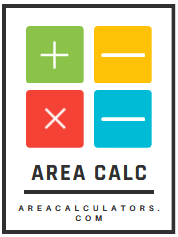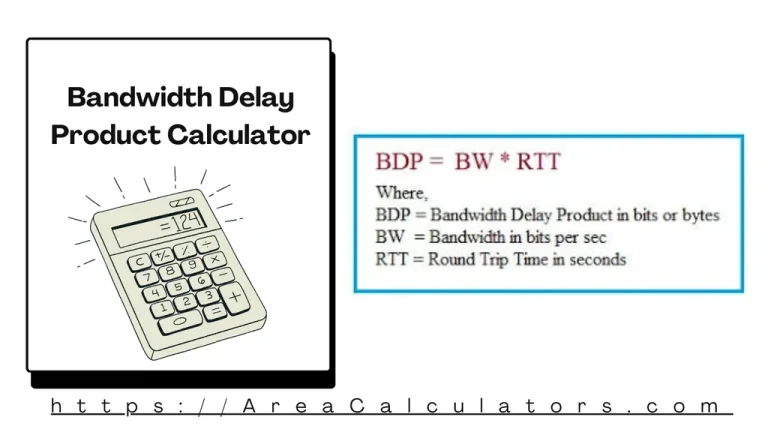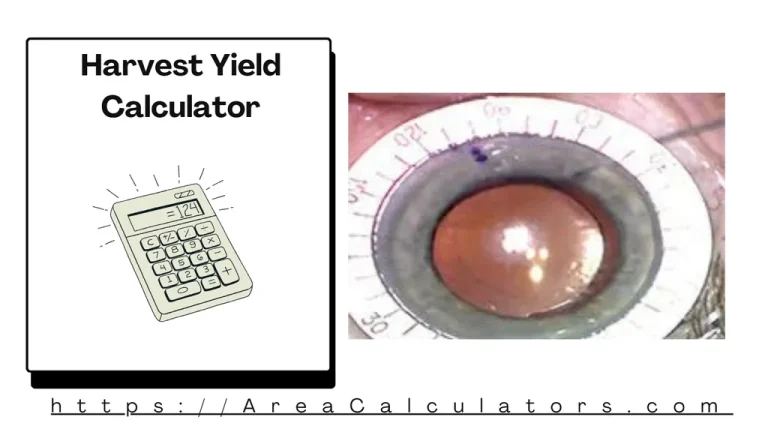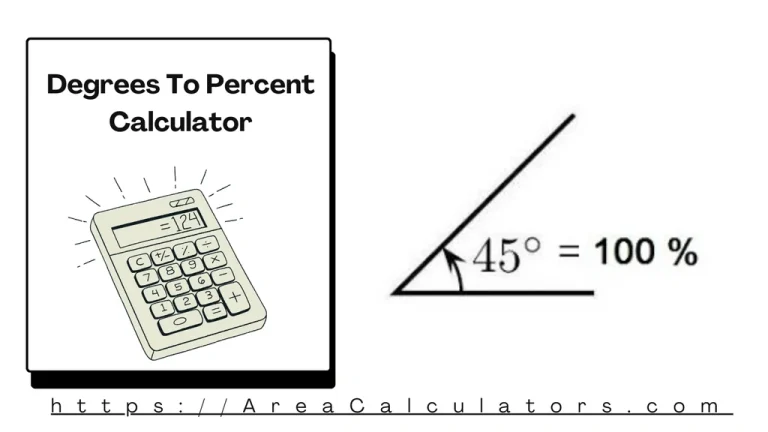Acoustic Foam Calculator
To calculate the amount of acoustic foam needed for a room, multiply the room’s length, width, and height, divide by the panel size, adjust for absorption efficiency, and round for even coverage.
The Acoustic Foam Calculator is an essential tool for optimizing soundproofing and acoustic treatment in any space. Whether you’re setting up a home theater, recording studio, or quiet workspace, this calculator ensures precise measurements to achieve your desired sound quality.
By helping to determine the quantity and placement of acoustic foam, it simplifies the process of reducing noise and improving sound clarity. It’s perfect for musicians, content creators, and anyone seeking superior sound control in their environment.
Formula
P = (L ∗ W ∗ H) / PS / 66.66 ∗ C
| Variable | Description | Unit |
|---|---|---|
| P | Quantity of Acoustic Foam Panels | Panels |
| L | Room Length | Feet |
| W | Room Width | Feet |
| H | Room Height | Feet |
| PS | Panel Size (Square Footage) | Square Feet |
| C | Coverage Factor (Absorption Efficiency) | Percentage |
Solved Calculations
Example 1
Calculate the number of acoustic foam panels needed for a room measuring 12 feet long, 10 feet wide, and 8 feet high, with panels sized at 2 square feet and a coverage factor of 0.8.
| Step | Calculation | Result |
|---|---|---|
| Calculate room volume | 960 cubic feet | |
| Divide by panel size | 480 panels | |
| Adjust for coverage | 384 panels |
Example 2
Find the number of acoustic foam panels required for a studio measuring 15 feet long, 12 feet wide, and 10 feet high, with 4-square-foot panels and a coverage factor of 0.75.
| Step | Calculation | Result |
|---|---|---|
| Calculate room volume | 1800 cubic feet | |
| Divide by panel size | 450 panels | |
| Adjust for coverage | 338 panels |
What is Acoustic Foam Calculator?
The Acoustic Foam Calculator is an essential tool for determining the amount and placement of acoustic foam needed to optimize sound quality in a given space.
Whether you’re setting up a recording studio, home theater, or office, this calculator ensures precision in calculating foam volume, panel thickness, and placement to achieve the desired noise isolation and reverberation control.
By inputting room dimensions, surface materials, and desired acoustic performance (e.g., target reverberation time or noise isolation class), users can calculate how much acoustic foam is required.
Features like the bass trap calculator and acoustic panel thickness calculator help tailor solutions for specific needs, including low-frequency absorption and echo reduction.
Professionals and DIY enthusiasts alike can benefit from tools that also guide the correct placement of acoustic panels. For instance, the calculator can determine the ideal number of 2×4 panels or pyramid sound foam for effective treatment.
Final Words:
In brief, the Acoustic Foam Calculator is a vital resource for creating acoustically balanced spaces. It streamlines the design process, ensuring optimal sound quality while minimizing waste and maximizing efficiency.




